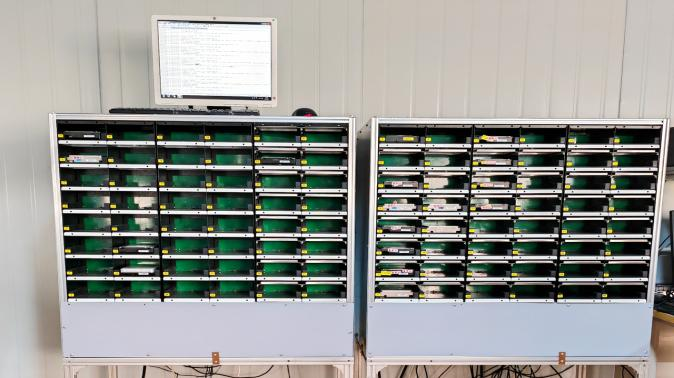Satellite imaging has revolutionized various industries, providing a wealth of information and insights that were previously inaccessible. From environmental monitoring to urban planning and disaster management, satellite images have become an invaluable tool. However, like any technology, satellite imaging also comes with its own set of advantages and disadvantages. In this blog post, we will delve into the multifaceted aspects of satellite imaging, exploring its benefits and limitations.
Advantages of Satellite Imaging:
- Global Coverage:
One of the most significant advantages of satellite imaging is its ability to provide global coverage. Satellites orbiting the Earth capture images of remote and inaccessible regions, enabling us to monitor changes in land cover, climate patterns, and natural resources on a global scale. This comprehensive coverage facilitates better decision-making in various sectors, such as agriculture, forestry, and climate change research. - High Spatial Resolution:
Satellite images offer high-resolution data, allowing us to observe and analyze objects and phenomena with great detail. This level of precision is particularly useful in urban planning, infrastructure development, and disaster management. By examining satellite images, urban planners can identify suitable locations for new constructions, monitor the growth of cities, and assess the impact of natural disasters on infrastructure. - Time-Series Analysis:
Satellite imaging enables the creation of time-series data, which is invaluable for studying long-term trends and changes. By comparing images captured at different times, scientists and researchers can analyze the evolution of landscapes, track deforestation rates, monitor glacier retreat, and assess the impact of human activities on the environment. This longitudinal perspective aids in formulating effective conservation strategies and policy-making. - Cost-Effectiveness:
Compared to traditional methods of data collection, satellite imaging offers a cost-effective solution. Instead of deploying ground-based sensors or conducting extensive field surveys, satellite images can provide a wealth of information at a fraction of the cost. This advantage is particularly beneficial for developing countries or organizations with limited resources, enabling them to access vital data for informed decision-making.
Disadvantages of Satellite Imaging:
- Atmospheric Interference:
Satellite images can be affected by atmospheric conditions, such as clouds, haze, and pollution. These interferences can reduce image quality and limit the accuracy of data analysis. Although advanced algorithms and image processing techniques can mitigate these issues to some extent, atmospheric interference remains a challenge in obtaining clear and reliable satellite images. - Limited Temporal Resolution:
While satellite imaging excels in capturing long-term trends, it often lacks the ability to provide real-time or frequent updates. Satellites may pass over a specific area only once every few days or weeks, limiting the availability of up-to-date information. This drawback can hinder time-sensitive applications, such as emergency response or monitoring rapidly changing events. - Data Processing and Analysis:
Satellite images generate vast amounts of data that require sophisticated processing and analysis techniques. The interpretation of satellite imagery demands expertise in remote sensing, image classification, and data fusion. Additionally, the sheer volume of data can pose challenges in terms of storage, transmission, and computational requirements. Adequate infrastructure and skilled professionals are necessary to harness the full potential of satellite imaging. - Ethical and Privacy Concerns:
The availability of high-resolution satellite images raises ethical and privacy concerns. Images captured from space can reveal sensitive information about individuals, infrastructure, or military installations. Striking a balance between the benefits of satellite imaging and protecting privacy rights is crucial. Regulations and guidelines must be in place to ensure responsible use and dissemination of satellite imagery.
Conclusion:
Satellite imaging offers a plethora of advantages, including global coverage, high spatial resolution, time-series analysis, and cost-effectiveness. However, it also presents challenges such as atmospheric interference, limited temporal resolution, data processing requirements, and ethical concerns. Understanding these pros and cons is essential for leveraging satellite imaging effectively across various industries. By harnessing its power while addressing its limitations, we can unlock a world of possibilities for sustainable development, informed decision-making, and environmental conservation.


